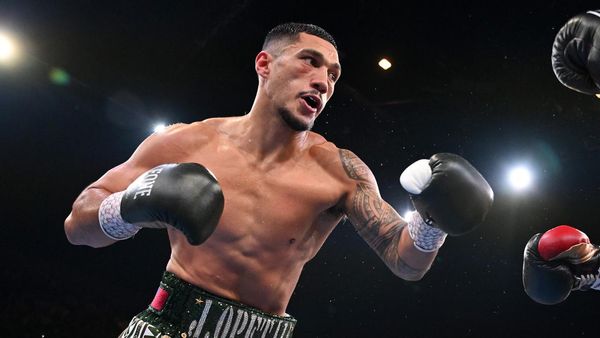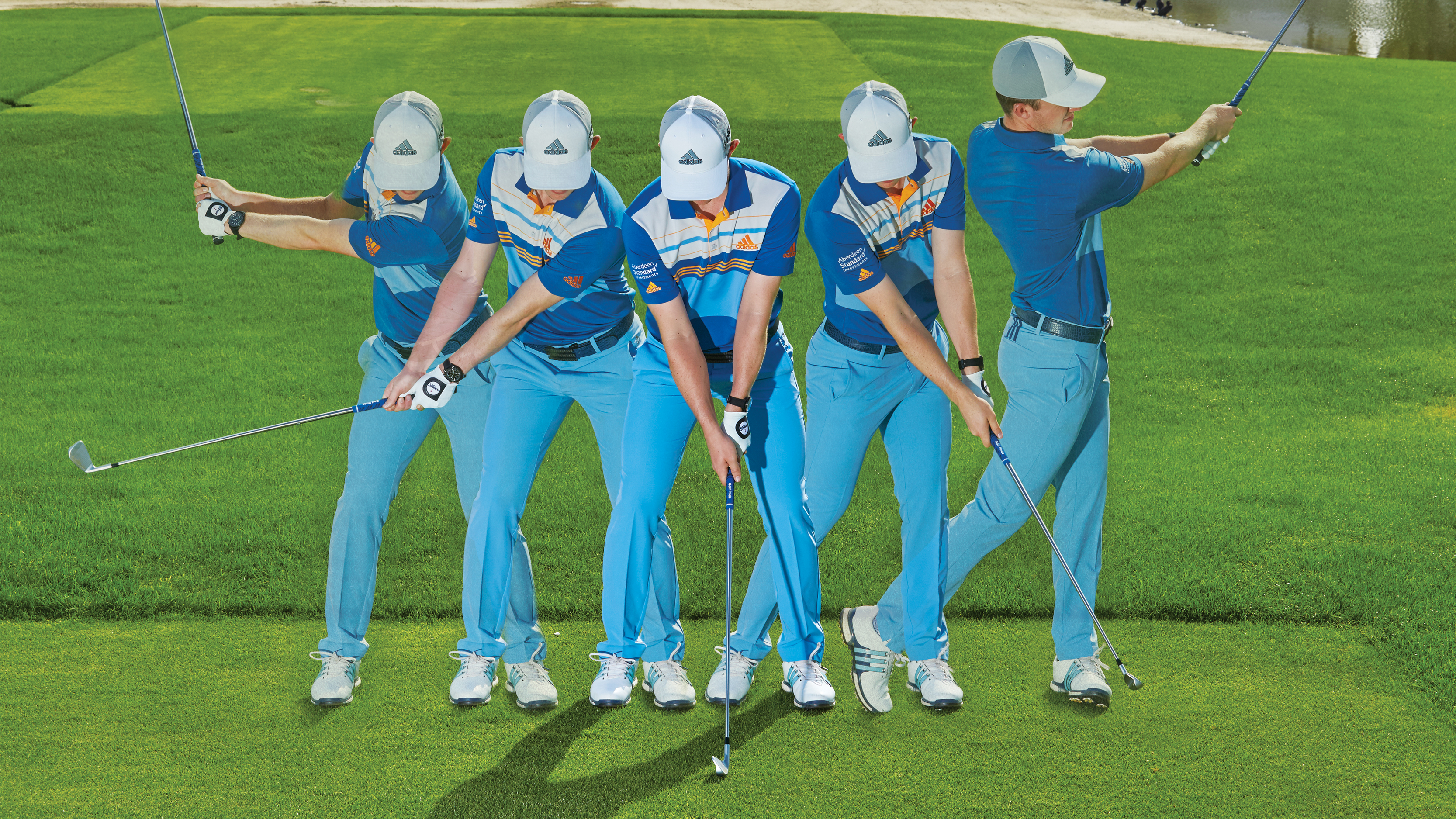
If you are going to ask anyone for iron play tips, you won't go far wrong with a three-time DP World Tour runner-up. Connor Syme has amassed an impressive 17 top-10 finishes in his last five seasons, and has regularly ranked in the top-40 on tour for greens in regulation percentage.
There are plenty of common swing faults that plague amateur golfers, causing irritating consequences like pulled iron shots and toe strikes, but these seven expert iron play tips can help you to improve your ball-striking and hit your irons further...
1. The Set-Up
Often, executing the right set-up is completely overlooked. If you want to improve your ball striking, and create the swing you want, this is a fundamental aspect to focus on.
This is something I have always worked on this with my coach, creating a stable base from which to start the swing. Once I have this right, I know I can swing freely without any restrictions.
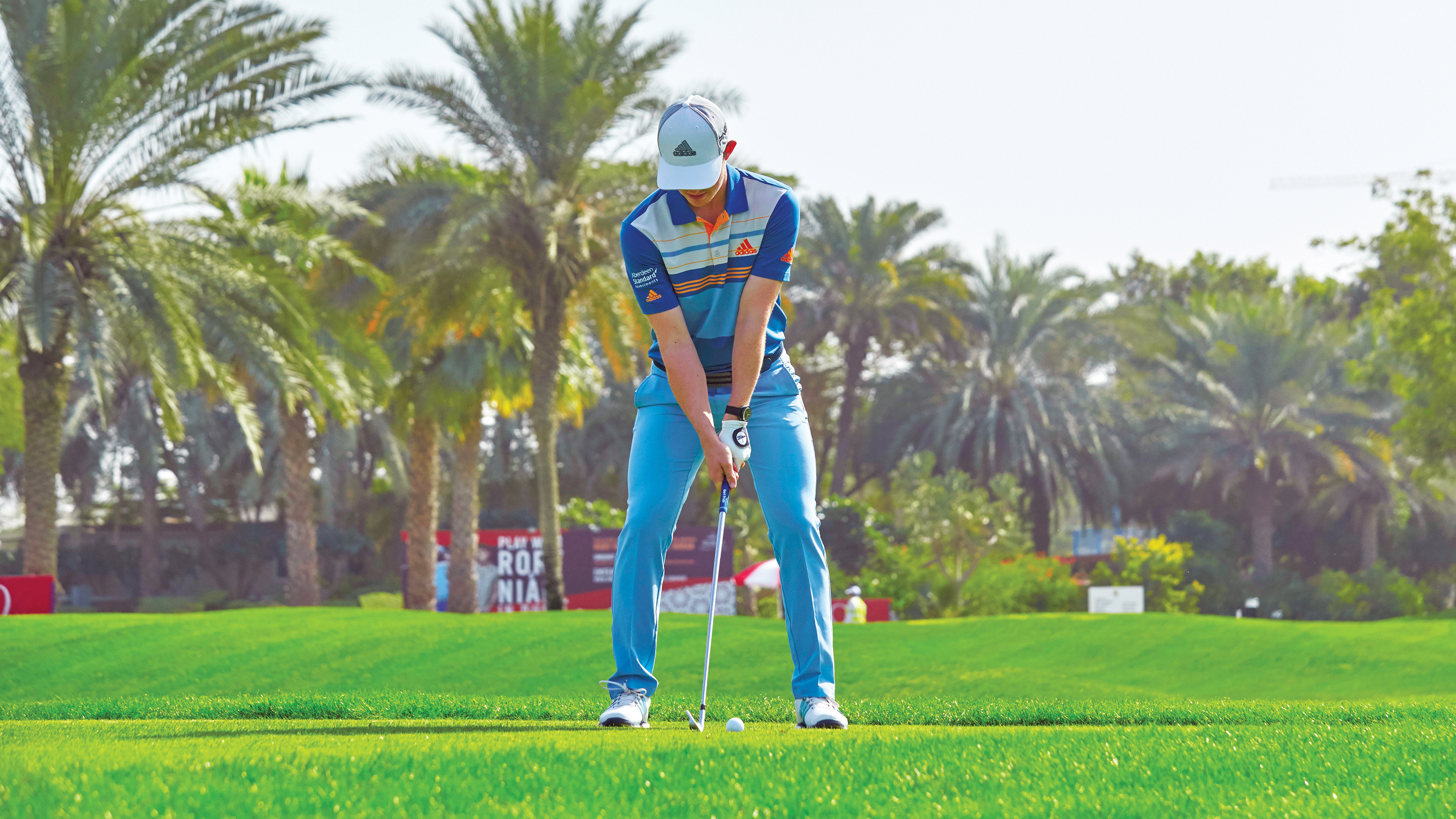
Take a 7-iron, and make sure your feet are a fraction wider than shoulder-width. The ball position should be a third of the way between the middle of your stance and your lead foot, creating the perfect position to achieve the ideal strike.
2. Engage the legs
Engaging your legs is really important, as it helps you to get set in the golf swing. I tend to bounce my knees slightly, so that I can feel a little tension in my thighs. The sway start with the hips, so keeping more flexion in the legs is important. The turn comes from the upper body, and it's almost impossible to transfer weight onto the outside of my heels, which is where problems occur.
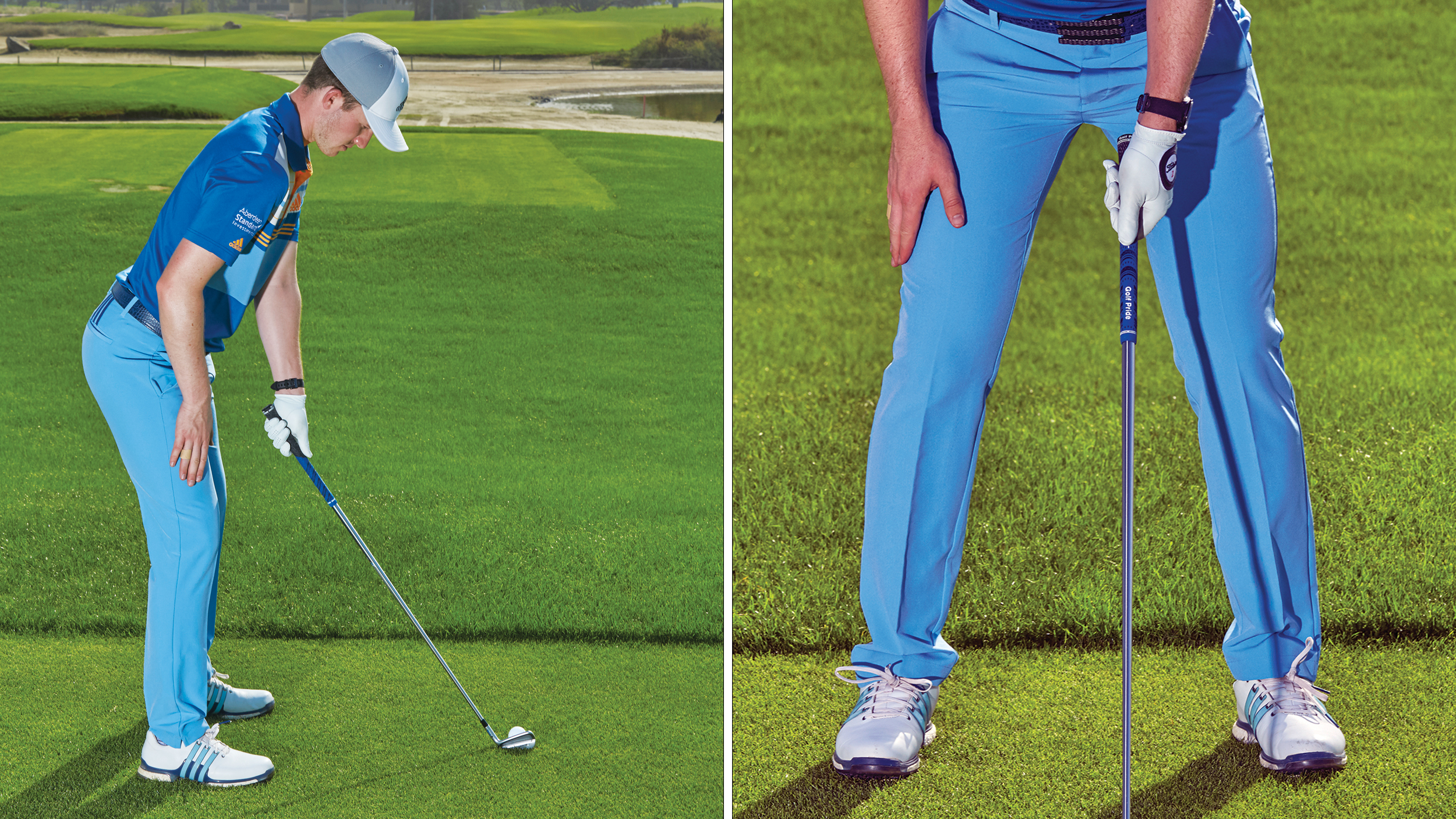
A turn that starts with the lower half, strike will become an issue because you are altering your centre of gravity. That requires compensation later down the line, and leads to a reliance on timing to execute a good shot. A stable base, with legs engaged, you will struggle to move too much off the ball with your upper half.
3. The grip
There is a little room for difference in opinion when it comes to grip, but from a face-on position I prefer to see two visible knuckles in my upper hand. Overlapping the thumb of your right hand (right-handed golfers) will then provide a pretty neutral grip.
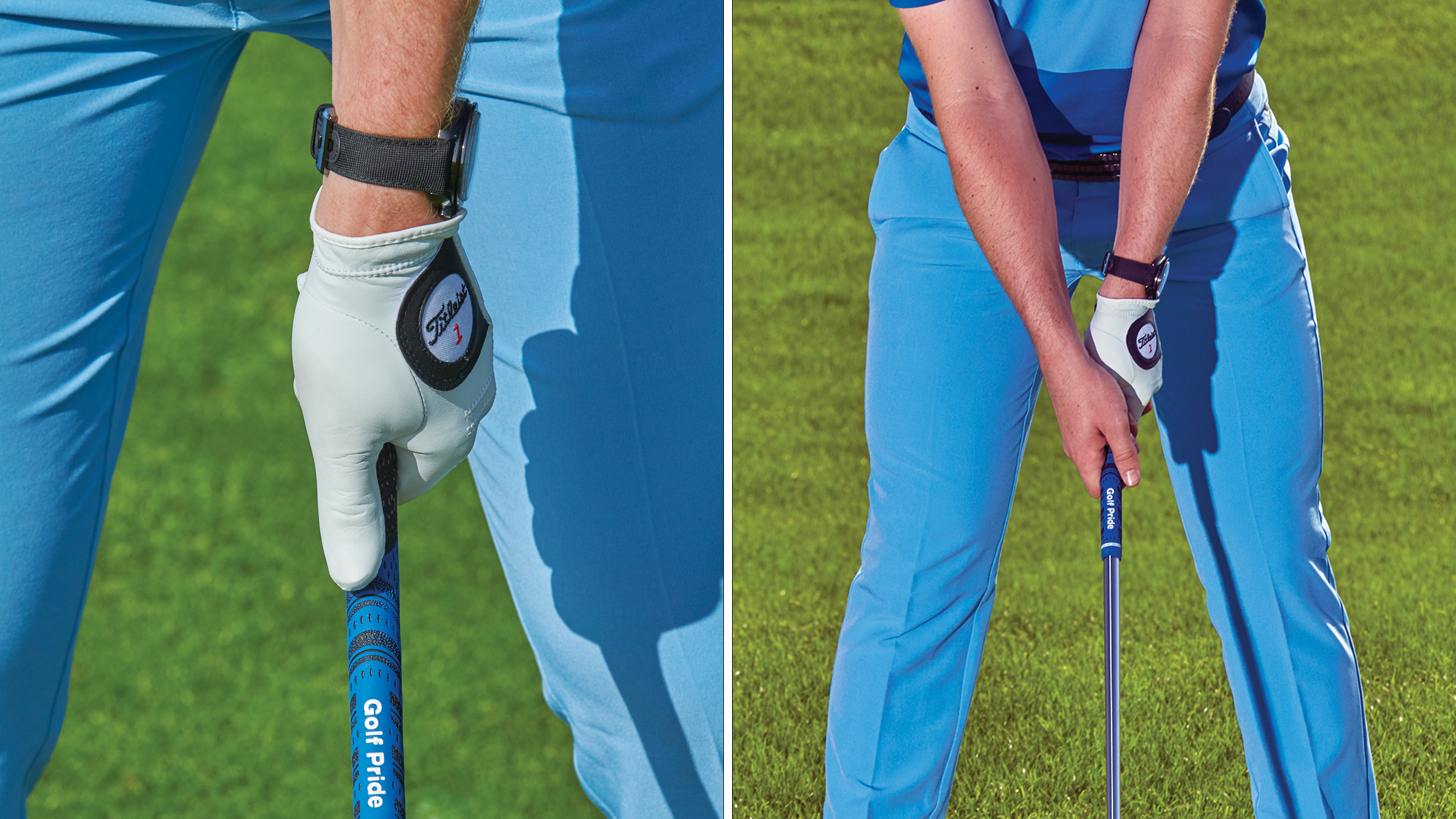
That gives me the best chance of completing my backswing with no restrictions going back. I see a lot of people who have a weak golf grip, and that can lead to a slice as they get a little bit inside. From that position there is really nowhere to go. The only option is to go over the top, which will lead to trouble.
4. Strength from the ground up
Retaining right knee flex is massive here. For me, the golf swing is about starting with strength from the ground up, and the knee must remain flexed as leg stability is so important.
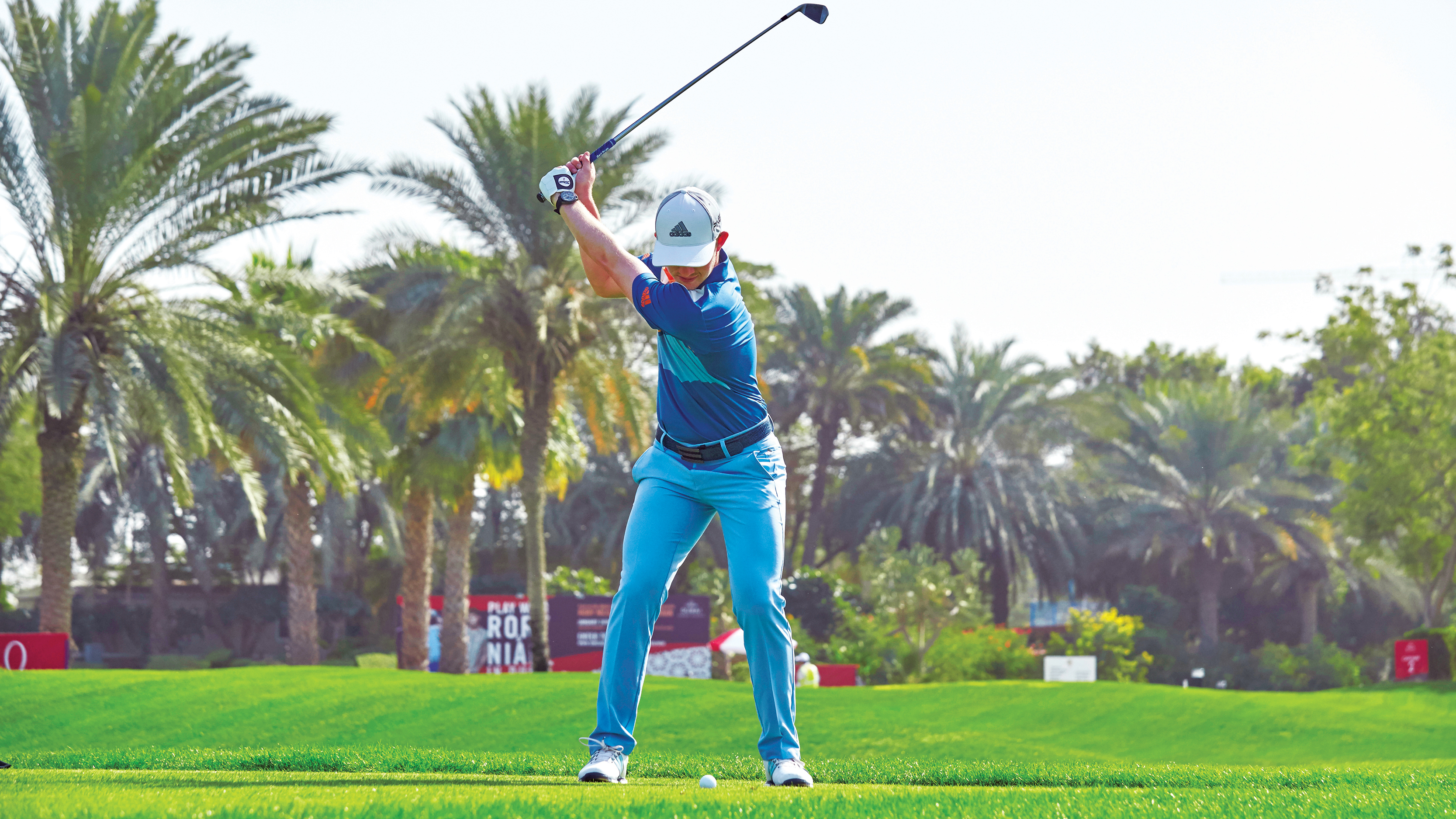
If I can keep my legs in the correct position, the club will almost slot into the correct position, too. I’m always thinking about my leg action in the golf swing and if I get it right, then I really don’t have to think about things like width – it all just follows naturally.
5. Takeaway
The takeaway in the golf swing is critical to good ball-striking, too, and for me this starts with the chest turning away from the ball. I’m then trying to take the club away so that when it’s halfway back, my coach standing directly behind me shouldn’t be able to see the shaft of the club as the clubhead should be obscuring it.
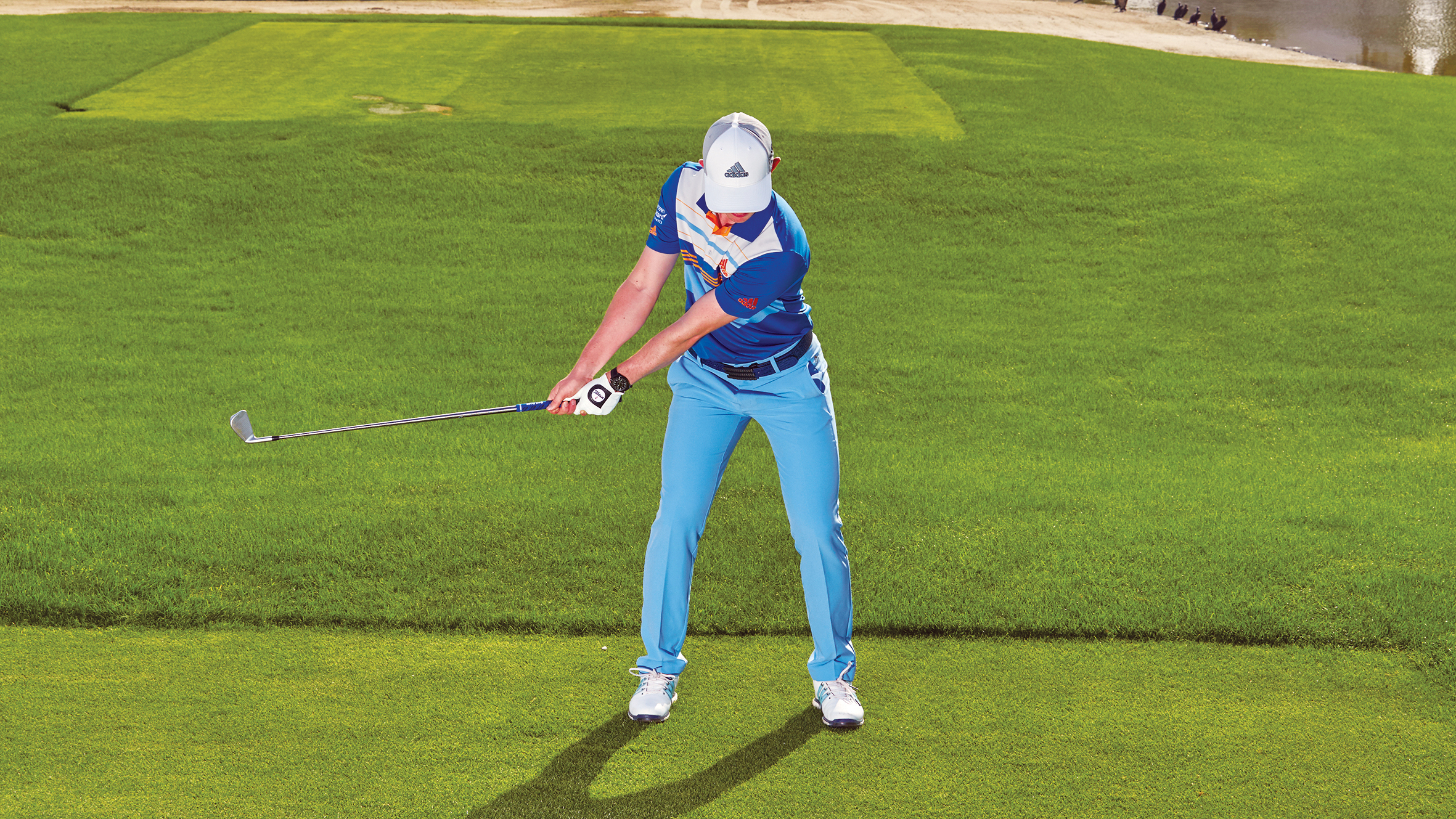
If I can find this position and then take the club up to the top, it’s much easier to swing back down on the same line, too. The key thing is that if it gets out of line at this point, you will have to compensate somewhere else in the swing, and every time you have to compensate you’re making it more difficult to consistently strike the ball well.
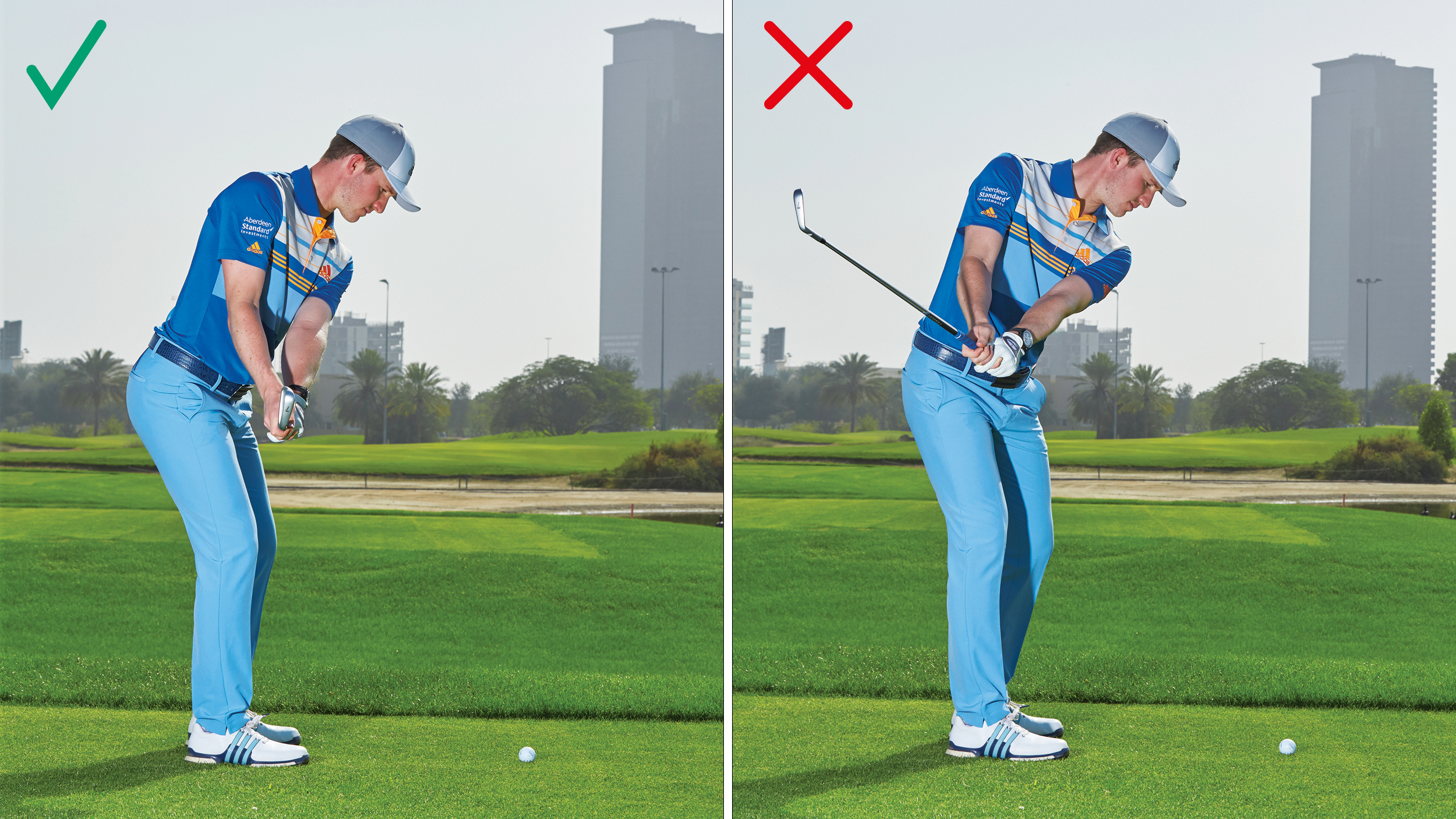
6. The 60% drill
Sometimes when I’m working on my ball-striking I will swing at a slower pace, which helps me to feel where the ground is a little bit more during my action. Say my 4-iron swing is about 100mph, then I might drop down to 60mph, so about 60%.

I would set up exactly the same and swing exactly the same but really focus on brushing the ground through the ball. The ball won’t go as far, but it gives me a feeling to try and recreate when I go back to full speed. It's a great way of learning how to compress the ball and flush your irons.
Some guys will do half swings to try and improve their strike, and that’s another great way of finding where the ball is and getting your body moving in a good way. The feet-together drill is another way of doing that, but swinging at 60% and trying to just brush the turf through the ball is something that works well for me.
7. Ball position
If you’re struggling with heavy or thin iron shots, then check your ball position. Even if you feel like the rest of your set-up is good, a poor ball position will still throw your striking out. The perfect ball position will allow you to complete your arc at the right point. I use alignment sticks all the time when I’m struggling with my strike.
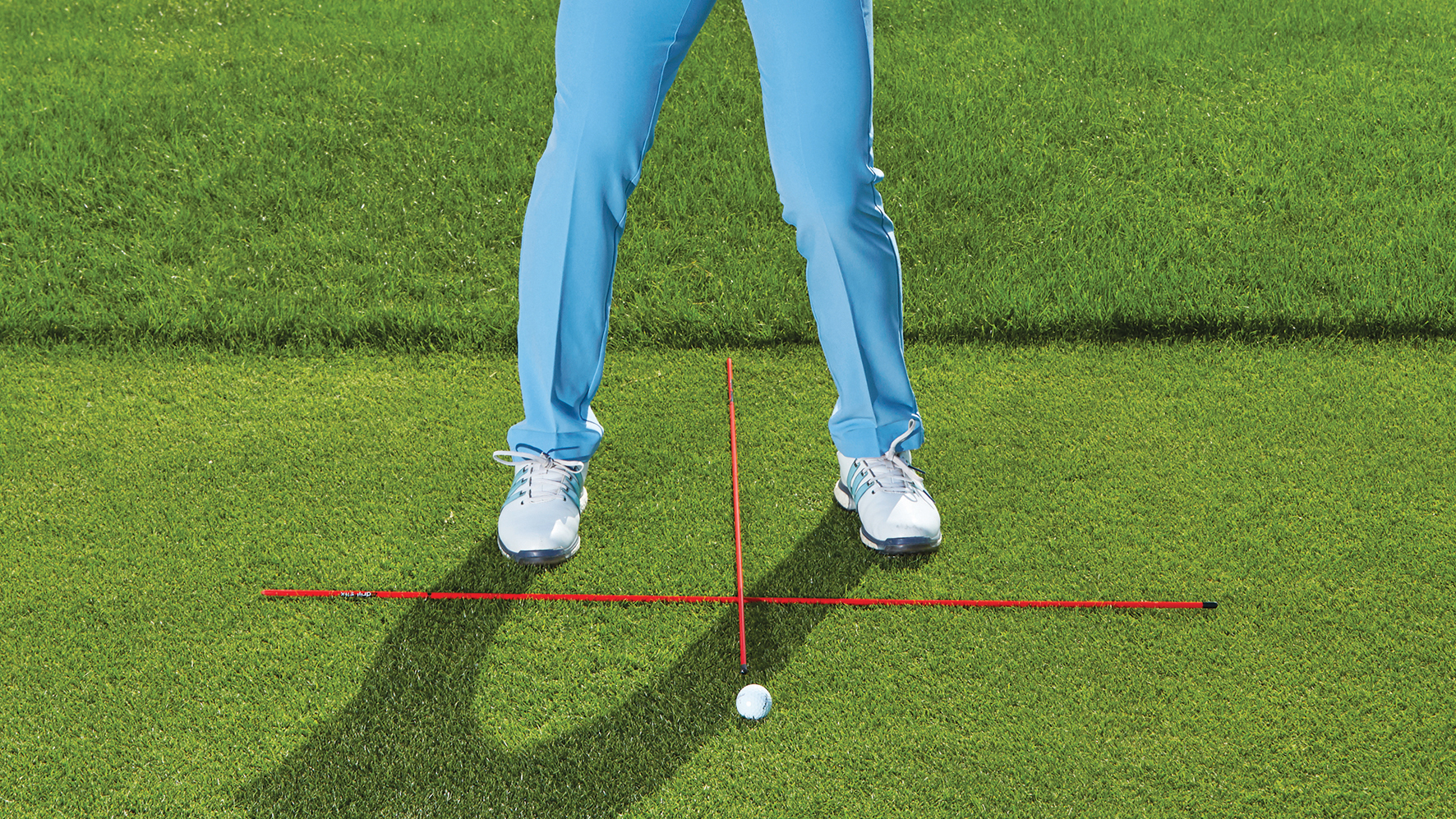
If you have it too far back, you’re going to arrive at impact too early in the arc and either hit it fat or come in too steep. Alternatively, if it’s too far forward, you’ll either hit it clean or catch the ground too early as you’re almost on the way up again by the time you make contact, so it becomes very difficult to catch the ball flush.
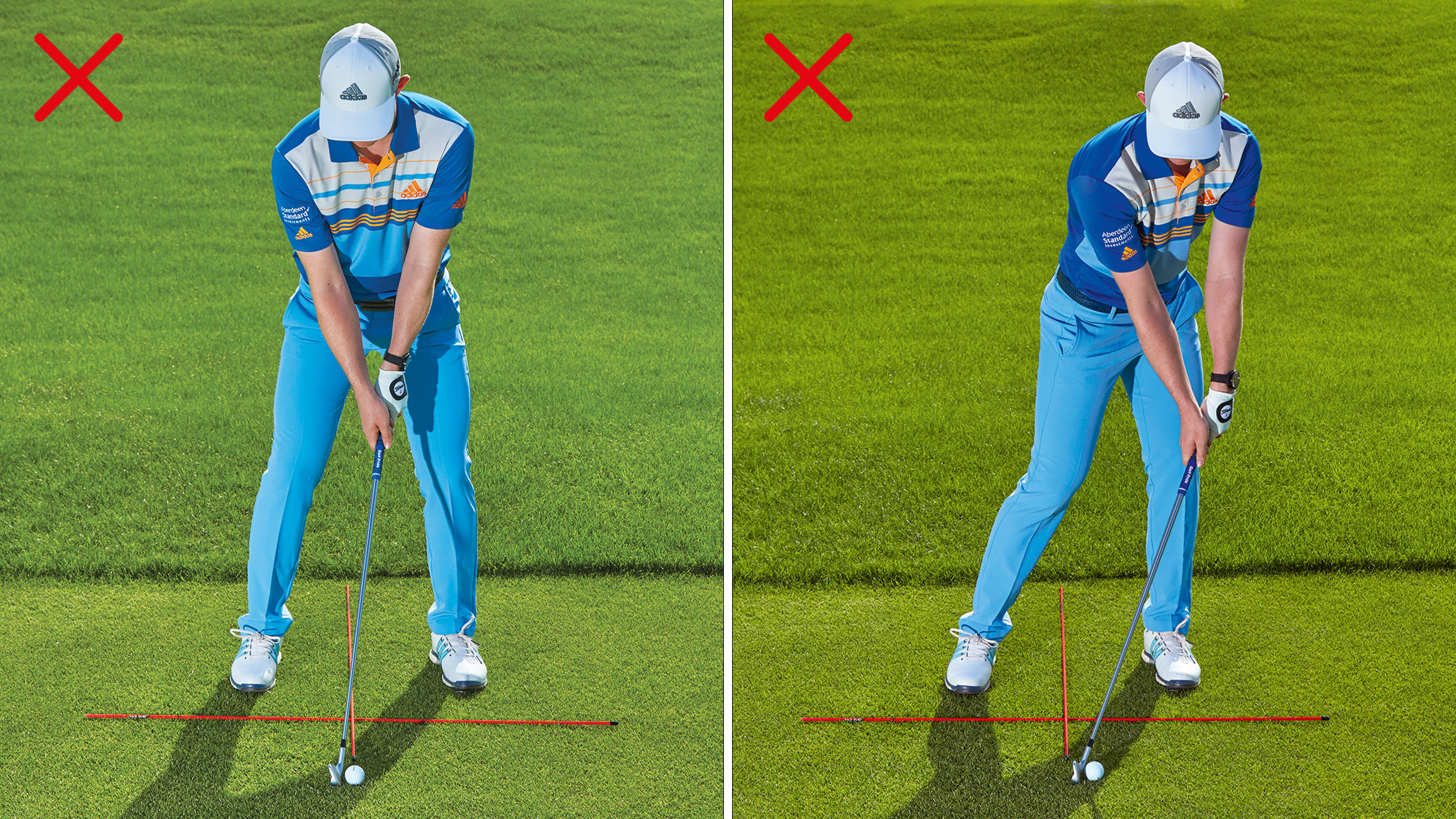
I would start with my wedges more or less in the middle of my stance, driver up towards the front heel, and my 7-iron about a third of the way up from the wedge position. Ball position is key and I spend a lot of time making sure mine is just right with every club.




